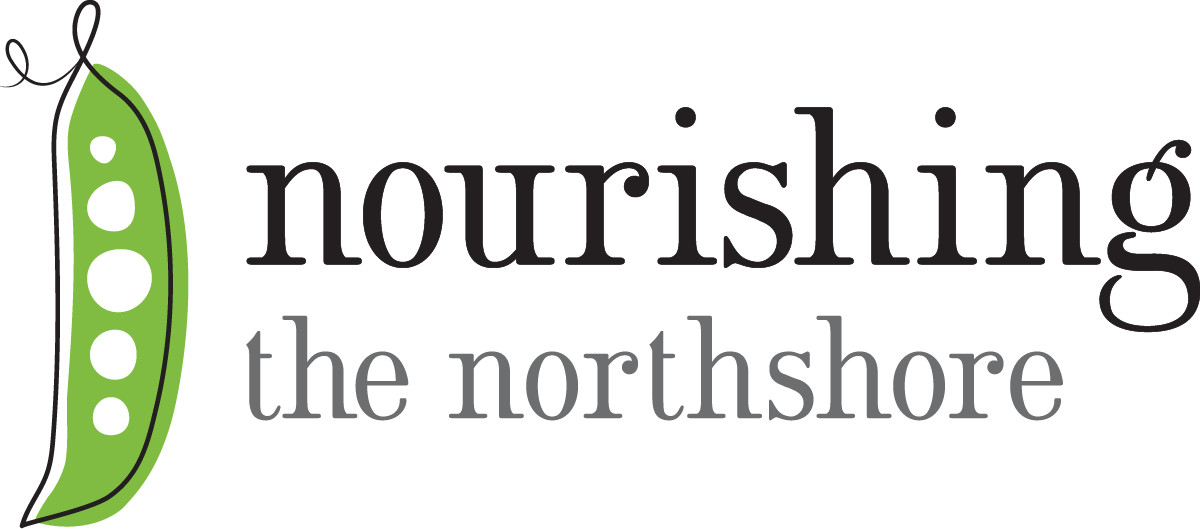Growing Together: Mulch
Tips to Grow a Healthy Garden
This week Farmer Anna at Three Sisters Gardens in Ipswich, shares her favorite mulches to protect the soil on the farm and in your garden.
“We are always thinking about how to protect our soils from weed pressure, erosion, and moisture loss,” Anna said. “We use multiple methods to achieve this on the farm, and the same methods can also be used in the home garden! Mulches are a great way to protect soil in actively growing garden beds. Some of our favorite mulches are: salt marsh hay, leaves, wood chips & sheet mulch.”
Salt marsh hay is one of the more expensive mulches. We are lucky to have access to it in Ipswich since we grow so close to the marshes, where it’s harvested. The biggest benefit of salt marsh hay is that its seeds can only germinate in the salt marsh, so using it in your garden won't cause any unwanted weeds to grow, which can happen with regular field hay!
Leaves are a great, inexpensive mulch that folks might even be able to collect from their own yards. The downside of leaves is that they're typically only available in the fall, but if you have access to them — they work nearly as nicely as the salt marsh hay!
Wood chips are our preferred mulch for permanent pathways because they don't break down as quickly as hay or leaves. For this reason, though, we typically don't put wood chips on top of our beds.
We typically use paper or cardboard sheet mulch to smooth weeds in small areas where we are going to be adding compost or wood chips on top. The paper or cardboard won’t let light through to the weeds, which will cause them to die, but over time the paper or cardboard will break down and become part of the soil. Putting compost or wood chips on top of your sheet mulch will help prevent it from blowing away.
Thanks to Anna for sharing these tips on garden mulches! Visit Three Sisters Garden Project to learn about this non-profit farm working to make local food accessible to all.

